Email Encryption: Learn How to Protect Your Emails

I think there's an issue with my storage device, but I'm not sure
Start a free evaluationEmail is a convenient portal to communicate with colleagues, friends, and loves ones. Yet, it can also be an unprotected one. If you don’t have email encryption, it’s akin to sending a letter through the mail without an envelope, meaning anyone can read its contents.In most instances, this might seem harmless. After all, if all you’re doing is sending goofy emails to your friends or family, what harm could it do if a hacker sees them? And that’s where the problem lies because often the hacker is much more interested in other things.
Why You Need Email Encryption
Even if you’re using email for personal use only, you are still accessing personal information about your friends and family such as name, email address, and possibly other things. This is the information someone can intercept to use in a phishing scam.A phishing scam is where a hacker sends an email to someone, often pretending to be a friend, bank or shipping company. They’ll go so far to include personal details about the recipient then include a call to action such as a link or attachment the receiver should click on to fix the issue.Another aspect of this is when they hack your email credentials and send these spam messages on your behalf. Because it comes from you, it might appear more legitimate and prompt people you know to click on the links. In turn, their devices could receive malware and you could receive an earful. It’s a no-win situation; this is why email encryption matters.

How Do I Encrypt My Email?
Some email providers encrypt the data of your emails for you. When you use Gmail, Google encrypts your data from your computer and its data centers. That said, if you are sending or receiving messages from someone who doesn’t have encrypted email, you can still run the risk of data exposures.Meanwhile, Microsoft offers ways for you to encrypt your email messages. First, you and the person you’re emailing has to share their digital IDs. Once you’ve done this, there are a variety of ways to encrypt emails. If you want to do it for only one message, you’ll do the following:
- Open the email program as you normally would.
- Then, click on File then Properties.
- From the Properties menu, you should select encrypt message contents and attachments.
- Create your email and send it away.
Moreover, if you want to apply this property to all outgoing messages, Microsoft can help with this too. Simply, go to the File tab, select Options, then Trust Center and finally Trust Center Settings. Next, use the email security tab to select encrypted email. From here, select the encrypted email contents and attachments for outgoing messages. Keep in mind if you choose to do this, you’ll need the digital IDs of all your recipients.Overall, this might seem like a hassle, especially if you use an email server that doesn’t encrypt your messages. However, consider the alternative. If someone can intercept your emails and it contains sensitive data, that could place you or your company in a precarious situation.Furthermore, it could leave you or your recipients at risk of malware infecting your devices. If this happens, the team at Salvage Data can recover your files in a fast and professional manner. Rest assured that we can make a frustrating situation stress-free. To learn more contact us today.
Related services
These are the most commonly requested data recovery services. At our headquarters' cleanroom lab, our certified engineers conduct a thorough review of any type of physical storage device, determining if there is logical or physical damage and carefully restoring all of the lost files.ces.
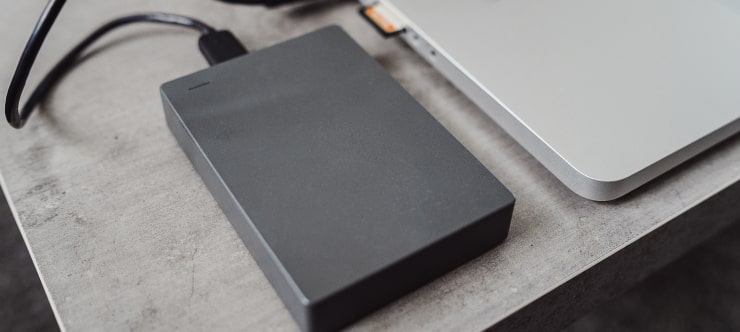
External Drive Data Recovery
We recover data from both external SSD and HDD drives. Rely on certified experts to restore your important files from damaged or corrupted external drives.
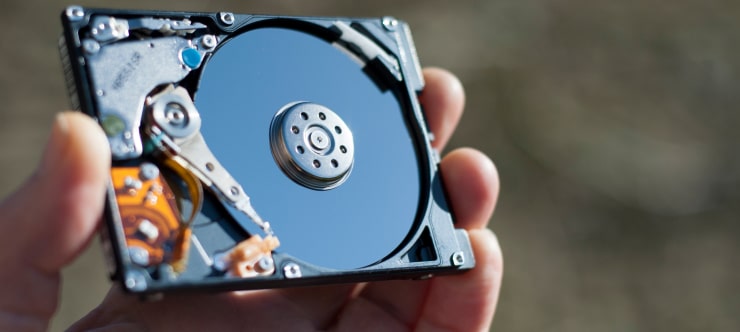
Hard Drive Data Recovery
Recover data from all brands of HDD, PC hard drives, and hybrid disks. Our specialists ensure fast and secure recovery for any data loss scenario.
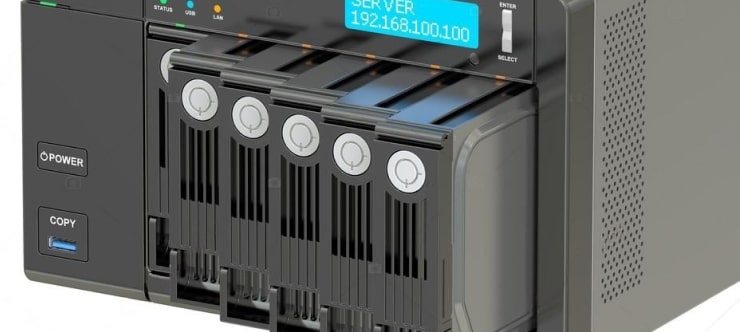
NAS Data Recovery
Recover data from NAS devices, including RAID configurations. Our team handles all types of NAS systems and ensures data recovery with minimal downtime.
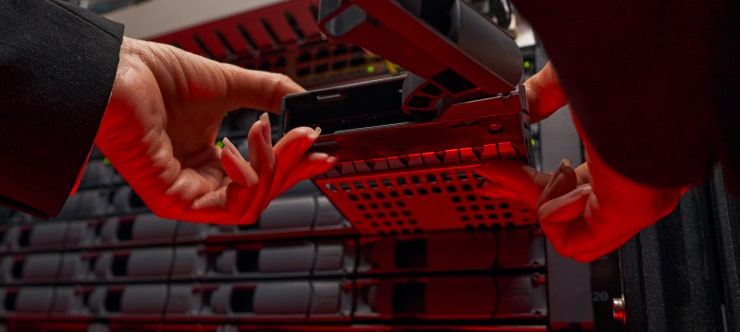
RAID Data Recovery
Our RAID data recovery services cover RAID 0, 1, 5, 10, and other configurations. We offer expert solutions for failed, degraded, or corrupted RAID arrays.
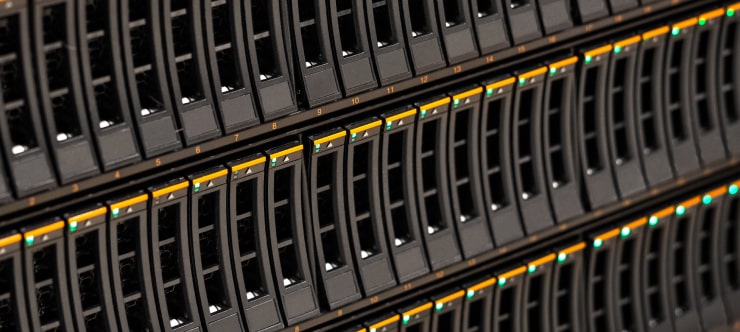
SAN Data Recovery
Our team specializes in handling SAN devices from leading manufacturers like Dell EMC, HP, and IBM, ensuring efficient recovery with minimal disruption to your operations.
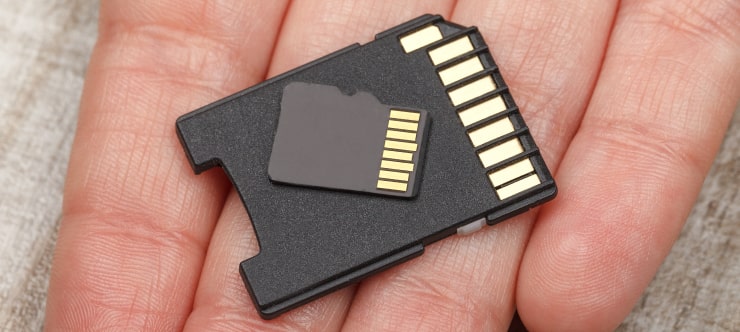
SD Card Data Recovery
Our recovery experts specialize in restoring data from SD and memory cards. We guarantee quick recovery with a no-data, no-charge policy.
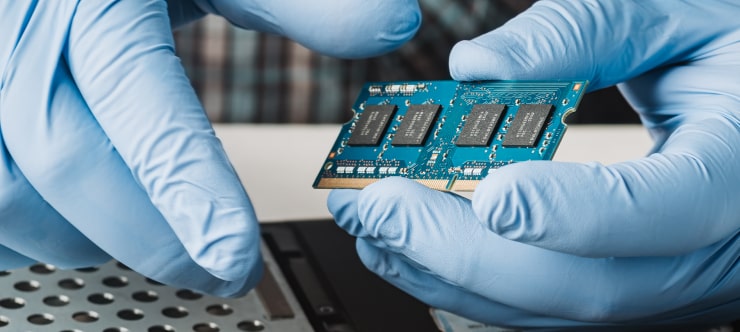
SSD Data Recovery
Our data recovery experts handle all SSD data loss scenarios with advanced tools, ensuring maximum recovery with high-security protocols.
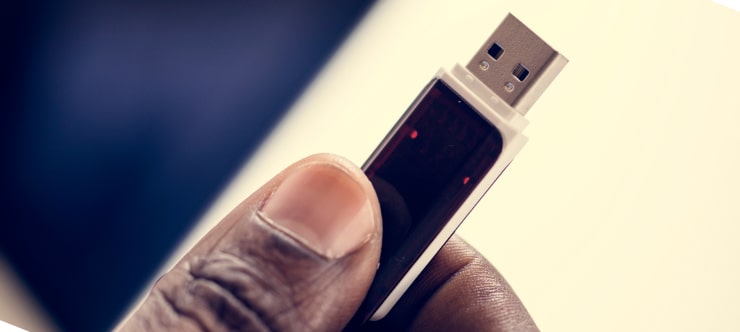
USB Flash Drive Data Recovery
Recover lost data from USB flash drives, regardless of the damage or brand. We offer free in-lab evaluations to assess data recovery needs.
If you’re unsure about which data recovery service to choose, let our team assist you in selecting the appropriate solutions. We understand the anxiety that comes with a sudden drive failure, and we are more prompt in our actions compared to other recovery service providers.



